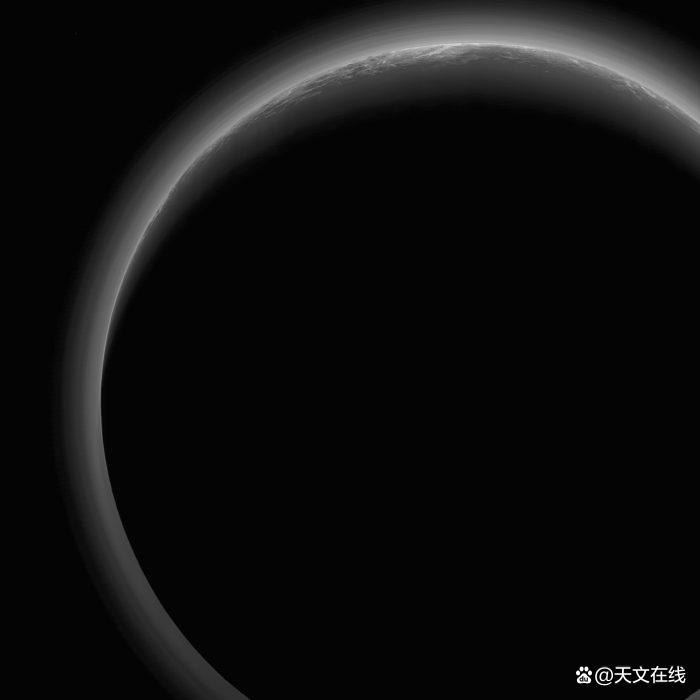Artificial intelligence algorithm "illumination" permanent shadow area
Author:Beijing Science and Technology Time:2022.09.08
Science and Technology Daily, Beijing, August 31st (Intern reporter Zhang Jiaxin) A international research team led by Switzerland Zurich University of Science and Technology used artificial intelligence algorithms to observe the permanent shadow area on the moon. The artificial intelligence is expected to "illuminate" permanent shadow areas, especially those areas where the natural sun is still unable to reach. The recent research on the "Earth Physics Research News" is also included in the National Aeronautical Aerospace Agency (NASA) "Artemis 1" task plan, which will help determine the landing point for its future moon landing plan to determine the landing point Essence
According to the Australian "Scientific alert" magazine, the moon's "darkness" is a common misunderstanding. Because the moon has a rotation, the moon also has day and night, but the moon has only one side facing the earth, and the observer on the earth cannot see its "darkness". However, some areas will never receive any light: in high latitudes and regions of the moon, some deep pits and concave pits have "high walls" to protect the bottom of the meteorite pit and are not affected by strong solar radiation.
Researchers believe that there may be many unexplained things in these mysterious pits on the moon, such as "water".
With the help of NASA Moon Survey Rail Aircraft (LRO), the researchers managed to analyze the inside of the meteorite. Enter a machine learning algorithm called Horus to clean up the noise in LRO data and reveal objects lurking in the shadow of the moon. The team used Horus to imagine the permanent shadow areas with more than 40 meters in the Ultrans planned exploration area.
Researchers said that at present, the Armles task is only 2 hours in the cold meteorite pit shadow area. New research will help plan to explore the route of the permanent shadow area of the moon and maximize the time of astronauts and robots.
Researchers also pointed out that the reason why the moon's Antarctic region is so fascinating is because the axis of the moon is tilted. The sun hovers near its horizon. Therefore, these shadow areas are even colder than Pluto's surface, and the temperature ranges from -170 ° C to -240 ° C, which is close to absolute zero.
"There is no evidence to show that there is no evidence that there is pure ice on the surface of the shadow area, which means that ice must be mixed with the moon, or exist on the moon in the shadow area, or it exists in the moon. Under the surface. "
So far, the group has investigated more than six potential Artemis plans to land on the moon landing point. The results of this study may directly affect future tasks.
Before the astronauts landed in the moon in the spring of 2023, the robot mission will collect and analyze the first batch of soil samples from the dark Antarctica of the moon.
- END -
strangeness!Pluto’s atmosphere is actually disappearing, scientists are hurrying to study

How to confirm that Pluto has the atmosphere, how to judge the expansion of the at...
"Service Treasure" promotes the liaison officer to do a good job of innovative articles

On July 11, at the operation training meeting of the operation training meeting of...